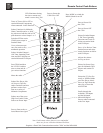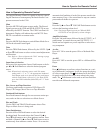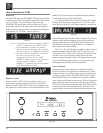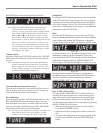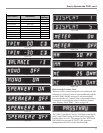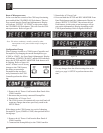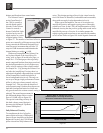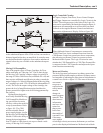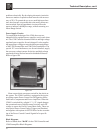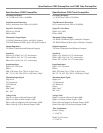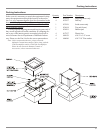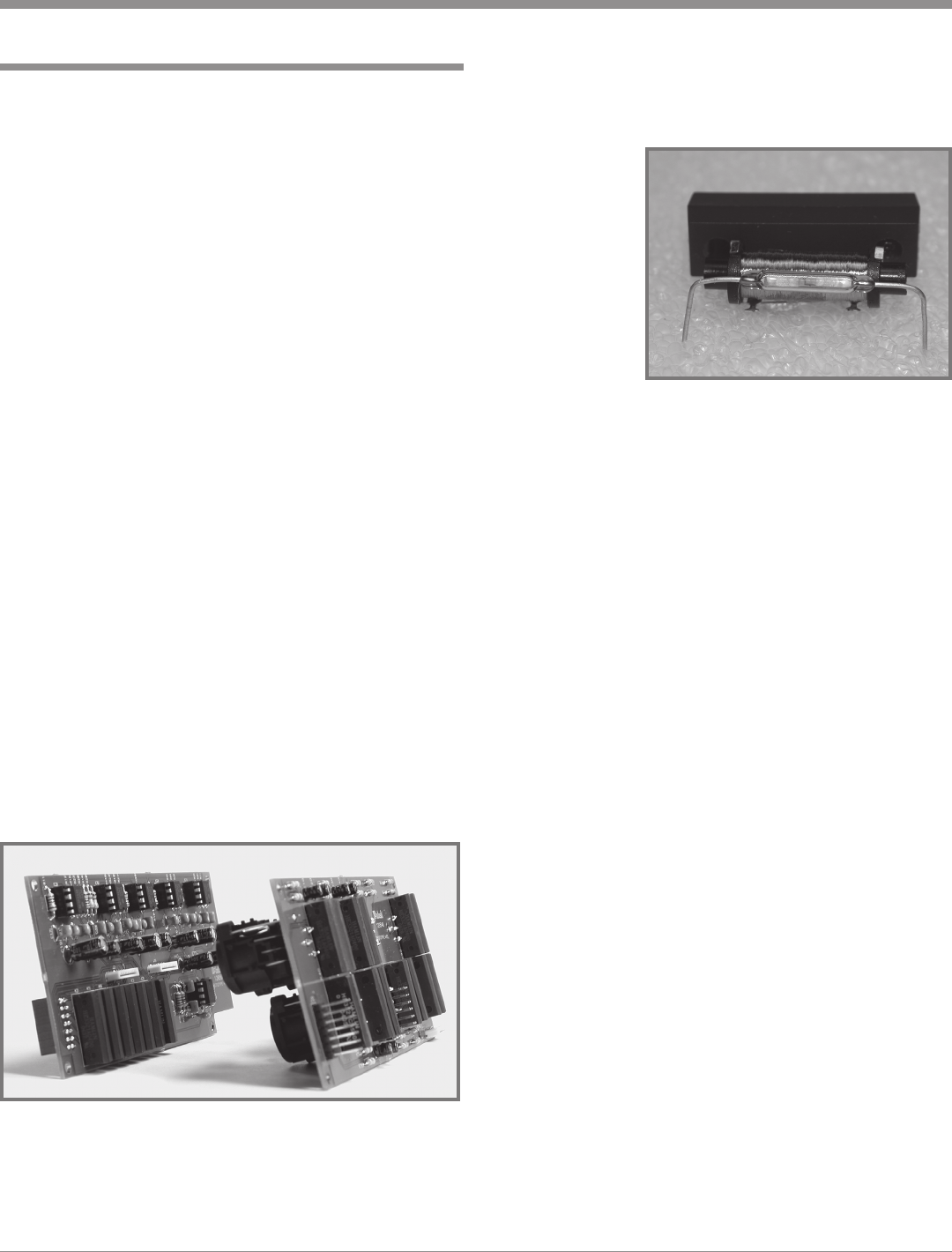
33
Technical Description
McIntosh Laboratory, the company who introduced the
world’s first amplifier that could be called “High Fidelity”,
has done it again. The McIntosh Engineering Staff has cre-
ated a Preamplifier without compromise, using the most ad-
vanced McIntosh circuit design concepts.
The C500 is the third generation of a two chassis design
with fully balanced circuitry that started with the introduc-
tion of the C100 in 1997. In the two chassis design, the
power supplies and digital control circuitry are contained in
the Controller Chassis and the second chassis contains the
Preamplifier Circuitry. This prevents the possible introduc-
tion of hum and noise into the audio signal. In the C500, an
additional refinement has been added to help assure total
channel isolation, dual mono design. There are two indepen-
dent power supplies, one for each channel, and the Pream-
plifier also contains two totally independent preamplifier
circuits.
Creating an Preamplifier with this level of performance
did not come easily. Many months of design, testing and
measuring were required. Extensive controlled listening
tests, the ultimate form of measuring, were made before the
final design was accepted.
Silent Audio Switching
All of the Audio Signal Switching in the C500 is performed
by 50 Electro-Magnetic devices. This includes the selection
of the desired Audio Input Source for Listening, for Record-
ing Outputs, External Signal Processing Loop, Final Audio
Output Selection and the Audio Muting Function. These
Electro-Magnetic devices switch silently, without adding
noise to the Audio Signal for the lifetime of the C500
Preamplifier. The Balanced Input Switching Printed Circuit
Boards for one channel of the C500 are shown in figure 92.
Electro-Magnetic Switching is a proven technology that
uses the latest in materials and manufacturing methods.
Each switch consists of a glass tube filled with an inert oxy-
gen-free atmosphere and sealed with tiny leads protruding
from either end. These leads extend into the tube and over-
lap one another with a separation of a few thousandths of an
inch. The leads are
made from a fer-
rous material that
is influenced by a
magnetic field.
They are first
plated with gold as
a base material,
then with rhodium
and finally ruthe-
nium. Ruthenium
is the best contact
material known.
Refer to figure 93.
The glass assembly is then placed in the center of a
multilayer coil of copper wire. The entire assembly is
molded together in a tough shock absorbing material. The
switch and coil connectors extend from the bottom in the
form of printed circuit board terminals. When a DC voltage
is applied to the coil, current flows and creates a magnetic
field. The force of the field causes the leads to bend and
contact one another inside the sealed glass tube. The inert
gas eliminates corrosion of the contacts and insures a low
resistance, distortion free switch.
Volume Adjustments
The most frequently operated control on a Preamplifier is
the Volume Control. The desired volume level can vary by
the type of music, size of our listening room and even the
time of day with which we listen. So it is no surprise that
McIntosh has devoted a substantial amount of time in pur-
suit of the “Perfect Volume Control System”.
A conventional Mechanical Potentiometer for a volume
control is totally unacceptable for use in the C500 Pream-
plifier. Mechanical Controls have poor tracking especially
when it comes to maintaining channel balance and after a
period of time they tend to introduce noise into the audio
signal, as they are rotated. The one desirable thing they
have is the rate of change in volume for degrees of rotation,
known as the audio taper. Using Electronic Circuitry for
controlling the volume can be designed to be free from noise
and maintain channel balance, however the audio taper pro-
duced by the typical Electronical Volume Control Circuit is
unacceptable for use in the C500, as it does not match the
classic McIntosh Volume Control Audio Taper. The C500
incorporates electronic circuitry together with sophisticated
firmware to produce electronically the classic McIntosh Vol-
ume Control Audio Taper, while maintaining the channel
Figure 93
How to Operate the C500, con’t and Technical Description
Figure 92




